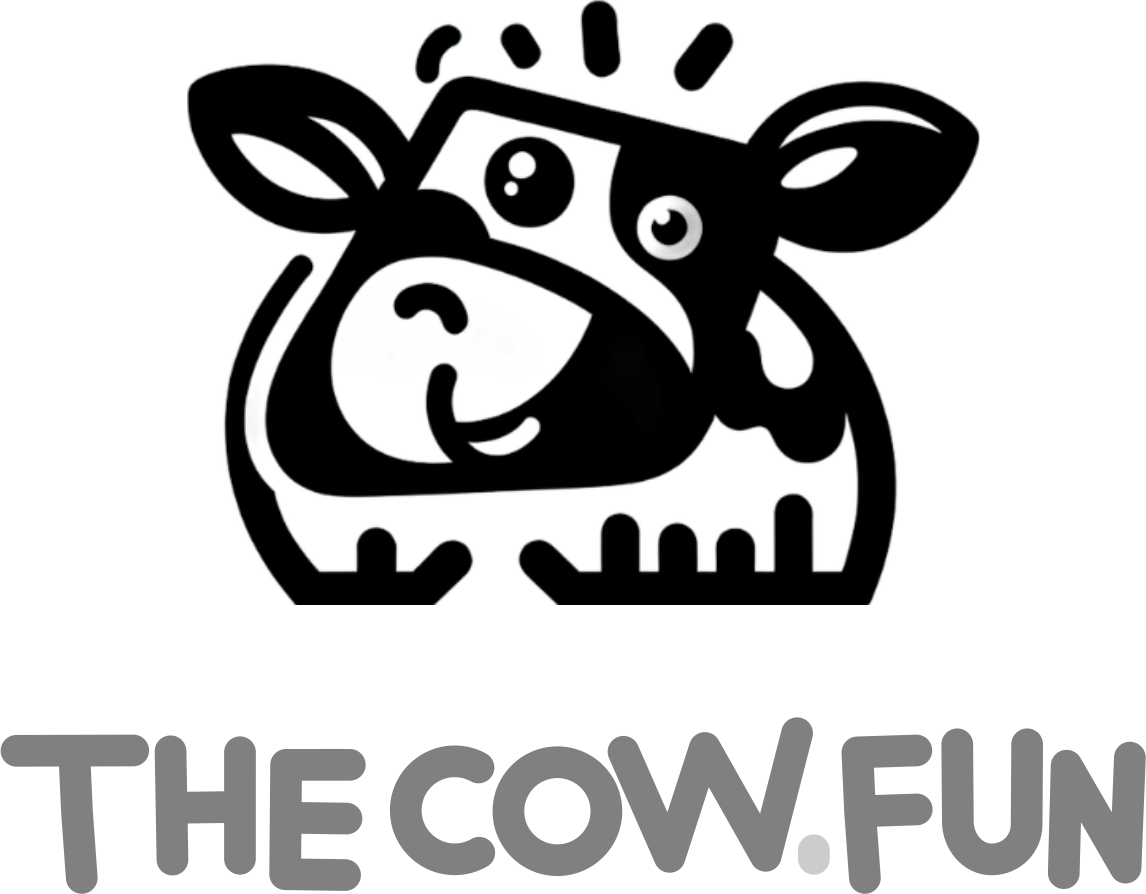Just as in humans and other animal species, cows exhibit complex social behaviors and communication strategies that are essential to their interactions within a herd. Getting closer to understanding these behaviors provides us with information about their social structure, communication methods, and general well-being. It also allows us to learn new forms of care, understanding and collaboration that can work for ourselves. Don’t you think?😉
Social Structure and Hierarchy
Cows (And of course bulls) are social animals that thrive in herds. They establish a hierarchical structure, often characterized by a linear dominance order, where the most dominant individuals exert control over resources such as food and space. Dominance is usually influenced by factors such as age, size and experience. Older and larger cows tend to occupy higher ranks, which affects their access to resources and their overall behavior within the group.
When new individuals join a pack, they engage in interactions to establish their rank, which may involve displays of aggression or submission. Once a hierarchy is established, overt aggression is less common, as subordinate animals often defer to dominant ones to avoid conflict. This also happens in most species, and is a way of giving order to the group to ensure its survival.
Communication Methods
Cows utilize a variety of communication methods to interact with each other, which can be categorized into visual, vocal, and tactile signals… As we do🤩
Visual Communication
Visual cues are crucial for conveying information about aggression, reproductive status, and social interactions. Cattle display specific body postures and movements to indicate their emotional state. For example:
- Aggression: Bulls may lower their heads and paw the ground, while cows might swing their heads as a threat or turn away to signal submission.
- Tail Position: The position and movement of the tail can indicate various states, such as excitement (tail raised) or fear (tail tucked between legs) .
Vocal Communication
Vocalizations play an important role in cow communication. Different calls can indicate distress, recognition or social bonds. For example, calves can make lower frequency calls when isolated, which can travel greater distances (just like the crying of human babies). The pitch, volume and duration of vocalizations can also change depending on the emotional state of the animal, and higher levels of stress often result in louder and more varied calls, also as in humans, making it easier for other members of the group know from the beginning what the message is going to be about. (Happy cow or angry cow).😝
Tactile Communication
Physical interactions, such as grooming (grooming each other), are also important for reinforcing social bonds and establishing dominance relationships. Cows often groom each other in areas such as the head and neck, which helps maintain social cohesion and can be a sign of comfort and trust between group members. There is nothing closer than physical contact with our loved ones.
Interaction Dynamics
Cows participate in various activities that reflect their social dynamics, such as feeding, resting and grooming, and it is by observing these small spaces that we can learn to know them both as a group and as individuals, since these activities are influenced by their social rank and the availability of resources. For example, dominant cows may access feeding areas first, while subordinate cows may wait or search for alternative resources.
